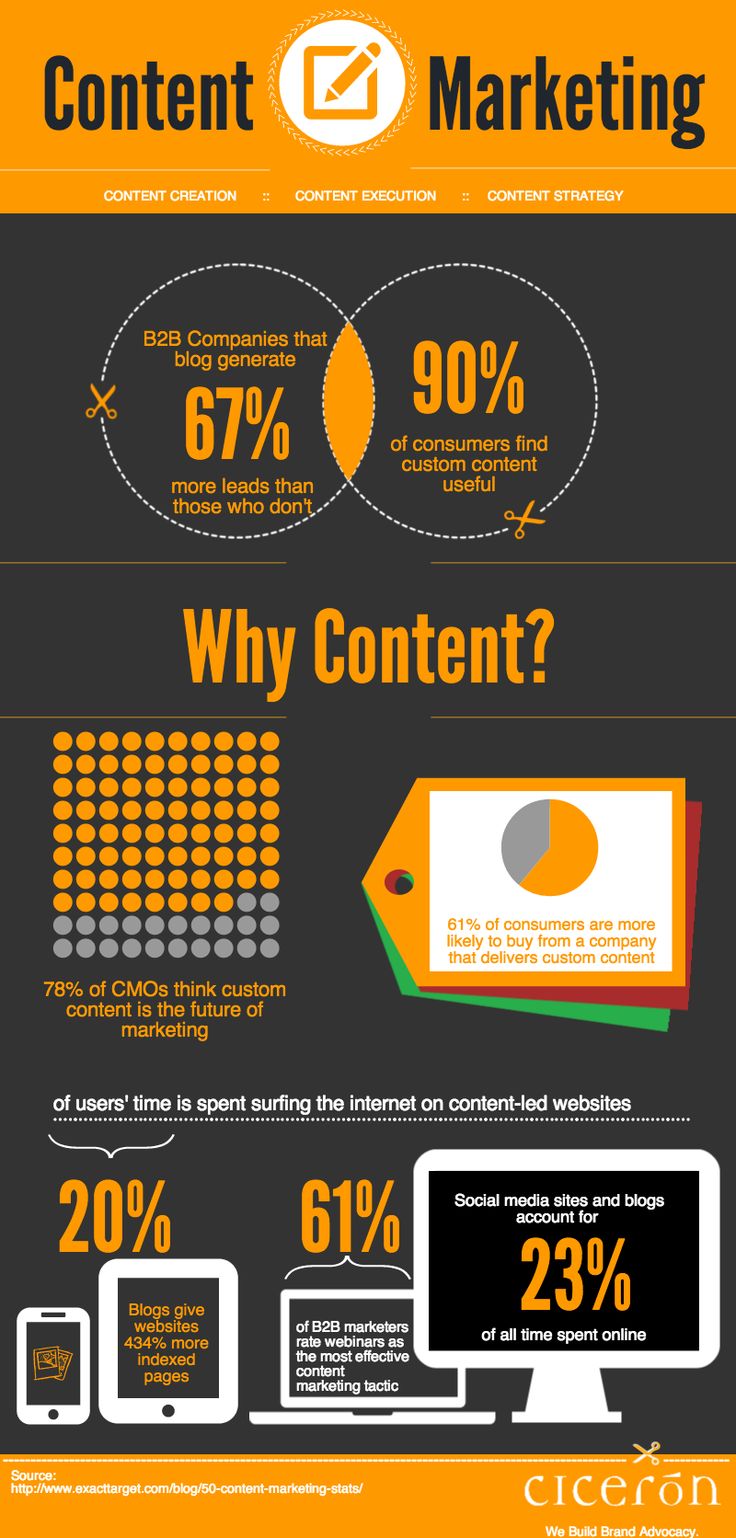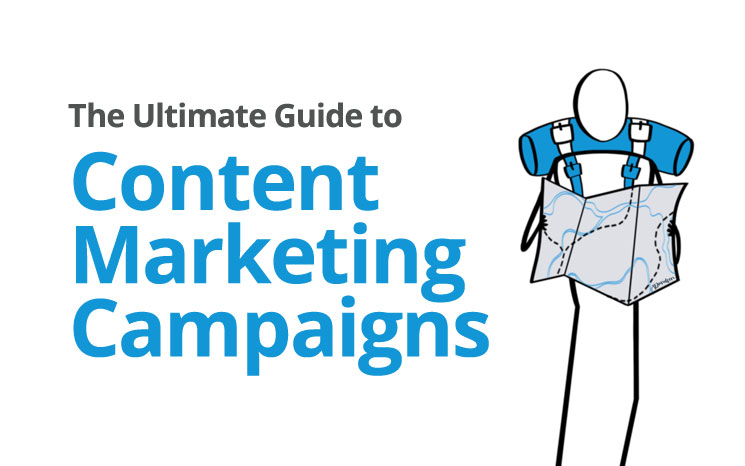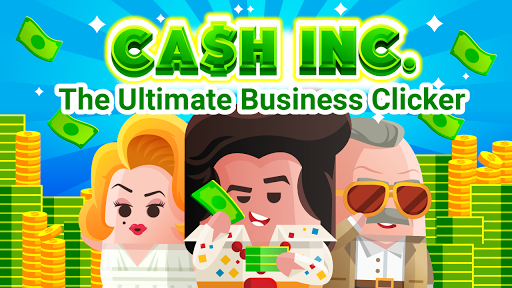
You will likely need to outsource content writing, regardless of whether you are a novice or a seasoned ecommerce expert. Listed below are some tips for ensuring that your content is written for the best possible results. You can create compelling content by creating buyer personas. You can use keywords to attract customers and incorporate persuasive words to persuade them to make a purchase.
Creating buyer personas
A buyer persona is a great way of creating content that targets your most likely customers for your product. Understanding your buyer's motivations and goals will help you tailor your content to them. You can then use these buyer personas as a guide for your marketing team and create copy that addresses their specific needs. This article will address some of the key points you should keep in mind when creating buyer profiles for ecommerce copy writing.
First, learn about your target customers to create buyer personas. You can look at the approach of your competitors to your target audience. Do they use surveys or web forms? What products and services do they care about most? Can you identify these buyers' characteristics? To create buyer personas, you need to collect data about your target audience. It is possible to create content that is relevant and effective for your site by creating buyer personas.
Once you have created your buyer personas, it is time to distribute them to your sales and marketing team. Remember that personas are never complete. They will evolve as your company grows. You can update them as needed. The buyer persona should reflect the customer's journey, from first purchase through last. This article will discuss some of the most common steps in creating buyer personas.
Using keywords
You should take into account a few things when writing ecommerce content. Keyword difficulty should be considered. This measure shows the difficulty in ranking for a keyword on Google. You can use tools such as Ahrefs' Domain Rating or SEMrush’s Keyword Difficulty Tools to find this information. Make sure you choose keywords that are both low in competition and have transactional intent when choosing keywords for your content.
Begin by researching your keywords. It may not seem obvious but keywords are an essential component of SEO. Google can penalize a website for using too many keywords. Avoid this problem by using long-tail keyword phrases in your content. For example, if your store sells sneakers, you should include the term "nike shoes" in your product description. A broader, more targeted, unique keyword strategy will increase the chance of your content being found.
Keyword density is another aspect to consider. Keyword density is an important consideration. While long-tail keyword have lower competition, shorter-tail keywords can be more specific. The luxury car service New York is an example of a long tail keyword. If you want to optimize your SEO, add a location after the keyword. This helps local customers find your business. It is best to avoid keyword spamming. However, you must remember that keywords can only be used when they are essential.
Create static content

Making static content for an online store is much easier than ever. To make your website stand out, be sure to compile a detailed list of all SKU code for every product on your site. It is important to have a complete list of SKU codes in order to build a website with high conversion rates. A comprehensive product catalogue can also help to build brand awareness and increase traffic.
Dynamic content is a great way to improve your user experience. Relevant products and offers lead to higher conversions and an average order value (AOV). This article explains how dynamic content on a website changes based on user signals and matches product segments to customer segments. There are many benefits to dynamic content for ecommerce websites. Read on for more information. Once you've determined which one works for you, you can create dynamic content.
Many people don’t have the time and skills to create HTML code. There are static site generators to help solve this problem. These programs create web pages that are much easier to manage and load than dynamically generated content. Static content generators usually don't include a WYSIWYG editor or administration interface, but do offer a command line interface for creating content. While it's not a replacement for a content management system, a static site generator can be a great alternative for an ecommerce site.
Including persuasive words
Writing eCommerce content requires persuasive words. Customers often associate truthfulness and easier content. However, they often face tensions and difficulties before purchasing. You can distract their attention from the struggle by using distraction statements. Below are some examples of persuasive words that will help you make your content more compelling. Once you are proficient in these words, you will be well on your path to increasing sales.
Power words evoke a powerful emotional response in a reader. They create an emotional response in a customer and a mental image of the product. In eCommerce content writing, these words are referred to as "power words." Bangs Shoes is an example. The product descriptions of Bangs Shoes are filled with powerful words. This will increase sales. Remember, a compelling product description must be clear and easy to understand.
Customers often have short attention spans. The average person entering an eCommerce website is seeking answers to their questions and the right product. To make a purchase, they don't need to spend hours researching or read a book. When writing for eCommerce websites, be sure to consider both the user's and the store's perspectives. It is important to provide all information upfront. Do not be afraid to challenge those who are unable to create compelling ecommerce copy.
Technical features kept in the back end
Traditional ecommerce platforms closely link the front and back end of their system. While this makes it easy to deploy an online store quickly, it sacrifices flexibility and introduces new vulnerabilities. Shopify merchants who use Apps often experience slow site performance. Small popup widgets can reduce page speed, and may introduce vulnerabilities due conflicts between JavaScript CSS. This issue could also occur if a merchant tries to modify a widget to look more like an icon.
Designing landing pages

You can attract more customers by creating landing pages for your ecommerce content. These landing pages need to be conversational as the visitors already have some knowledge of the brand. They should be persuasive and use a compelling call to action button to direct them to the next step. While it may seem tedious to create a unique selling proposition (USP), it will help you formulate your brand positioning and structure your landing pages.
Before you embark on the task to create a sales funnel you need to think about who you are targeting. Think about your email marketing goals and sales goals. These will help you assess if your landing page is generating leads, or converting customers. Google Analytics and email software are also options to track eCommerce landing page traffic. These topics will be discussed in detail in the next section.
It is not easy to create a landing page. A landing page can be written with a headline or a subheadline. However, your main goal should always be to get the visitors to their email address and make purchases. To increase conversion rates, consider adding a subheadline or an image while you are writing your eCommerce content. Make sure your headline is engaging and that you provide useful information. Adding testimonials and case studies can also improve your SEO.
FAQ
What Should I Know About Backlinks
Backlinks refer to links linking to a webpage from another site. Search engines use them to find a webpage in search results. Backlinks prove that other people believe your content valuable. Quality backlinks are essential if you want to rank well in search results.
What are the differences between SEO strategies?
Different types of SEO strategies include search engine optimization (SEO), social media optimization (SMO), and pay-per-click advertising (PPC).
With SEO, you optimize content for certain keywords using text formatting, HTML code, and other features.
This will ensure that your site ranks higher in search results pages.
Social media optimization (SMO), in contrast, involves optimizing your site for social networks like Twitter and Facebook.
These can help you build your online reputation and increase traffic to your site when people search for related topics.
Lastly, PPC ads appear at the top of search results pages, showing relevant products and services.
An advertisement on Google paid Search is the most commonly used type of PPC ad. These ads cost money, but are extremely effective.
Other forms of PPC advertising include video ads, sponsored posts, and display ads.
Can I Improve My Rankings Using Link Building?
Link building refers the process of building high-quality links to your website. It is important to make sure that sites linking to yours have a relevant business purpose. The more authoritative and unique the link is, the better.
Why SEO strategy matters?
Search engine optimization (SEO), which aims to increase traffic to your site through the use of Google to help people find you, is the primary goal.
Search engines such Google, Yahoo!!, Bing and others keep information about websites on servers called crawlers. These crawlers transmit this data back the company's central repository. This allows them index web pages for search purposes.
More people will click your link and visit your website if your website is high up in the search results. These searches will not show you, so you won't get found.
It is important to rank high in search engines. This will ensure your site is noticed. This can be achieved using one of two methods: paid advertising, or natural organic linking.
Paid Advertising: Paid advertising means that adverts are purchased from companies that pay-per-click to be displayed above other sites on search results. These ads can include text ads, banner ads, pop ups, ecommerce widgets, and more.
Natural Organic Links – These links are created by sites that have been built over time and gained the trust of your industry. You build links naturally over time through blogging, guest posting, commenting, linking, etc.
You need to continue investing in both marketing forms in order to be competitive.
What is On Page SEO?
On-page SEO is the process of improving your website's ranking in search engines. On-page optimization includes site architecture, page titles and meta tags. Image alt text is also included. Off-page SEO is activities that are not related to your website and will help improve its rankings. These include social media shares, press release, backlinks, and other activities that can improve your website's ranking.
What are the Common Mistakes When Using SEO?
SEO is one of the biggest mistakes people make. SEO isn't a process that can be automated. Your website must be optimized correctly to succeed. Search engines are often tricked by black-hat techniques. This is another common error. Black hat techniques can harm your rankings rather than help them.
Google Adwords - Can I Increase Sales?
Google AdWords has become a very popular tool for those who want to advertise their products or services on-line. Users click on sponsored ads and visit the associated websites. This can help businesses generate sales leads.
Statistics
- A 62.60% organic traffic boost to that page: (backlinko.com)
- And 90%+ of these backlinks cite a specific stat from my post: (backlinko.com)
- If two people in 10 clicks go to your site as a result, that is a 20% CTR. (semrush.com)
- These guides are designed and coded 100% from scratch using WordPress. (backlinko.com)
- Which led to a 70.43% boost in search engine traffic compared to the old version of the post: (backlinko.com)
External Links
How To
How can I tell if I'm doing SEO well?
There are several ways you can tell whether or not you're doing great SEO:
-
Your bounce-rate should be below 30%. That means users must leave your page before they click on anything else. A high bounce ratio means that your audience does not trust your brand, or is not interested in the products you are selling.
-
Visitors visit multiple pages of your website. This shows that they are interested in your site and find something useful.
-
Your conversion rate keeps improving. This is because your audience is becoming more aware of your products or services and wants them to buy them.
-
Your average site time is increasing. Visitors spend more time reading your content.
-
Increased traffic from search engines is a sure sign you're doing excellent SEO.
-
You get more shares on Social Media - this indicates that your content has been shared by others and reaching audiences beyond your following.
-
You're getting more comments on forums - this shows that people respond positively to your work.
-
Increased engagement means more likes and tweets around your site, as well as shares, shares, likes and likes on posts.
-
Your rank is increasing in SERPs, showing that your hard work is paying off.
-
Your website is generating more leads - this means that people are finding your site organically and contacting you.
-
You are seeing an increase in sales - this means that people who visited your site looking for your products or services are purchasing them.
-
You get more views and comments on your blog posts, which means that people find your content useful and interesting.
-
This will increase your subscribers to your email lists. It shows that people trust you enough for them to sign up to receive information about your business.
-
The sales are increasing - this means that people are liking your products and are willing to pay more for them.
-
You have more social media followers, which means that your fans are sharing your content and engaging with you brand.
-
This indicates that journalists are discussing your brand online and you're receiving more PR mentions. This can increase your company's visibility and your reputation.
-
You're being recommended more often - this shows that other companies also recommend your brand.
-
People continue to return to your website. This is a sign that your customers are satisfied with your work, and will return again and again when they need your assistance.
-
Your competitors are losing ground - this shows that they didn't invest as much money in their SEO campaigns as you, making them look bad.
-
Your brand image is changing. This indicates that your brand popularity is growing among a new customer base.